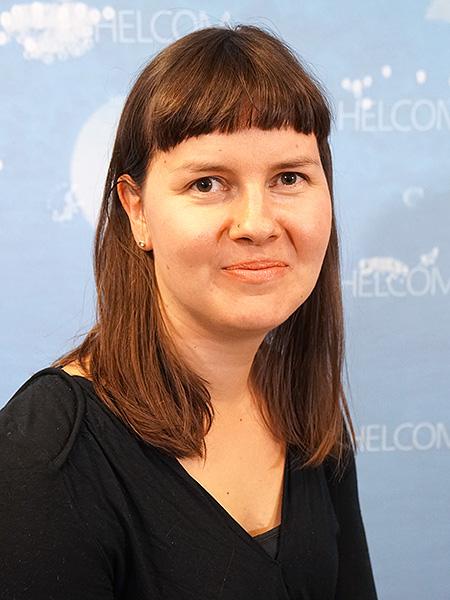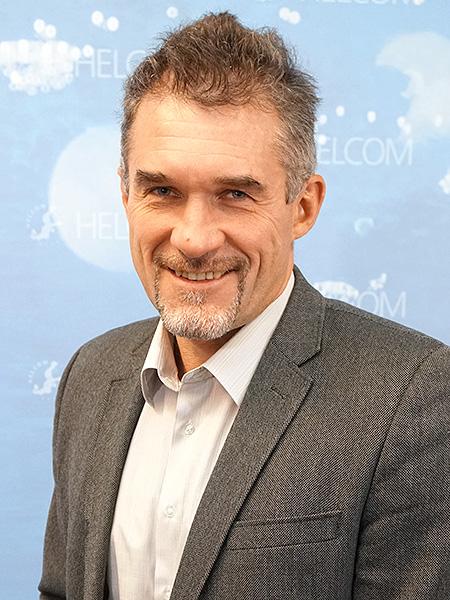PLC-9
The Ninth Baltic Sea Pollution Load Compilation
Background
In Articles 3 and Article 16 of the Helsinki Convention, the Contracting Parties agree to undertake measures to prevent and eliminate pollution of the marine environment of the Baltic Sea, and to provide pollution load data, as far as available. The collection, compilation and assessments based on data of pollution input data, or Pollution Load Compilations (PLC), have been an integral part of HELCOM assessments since 1987. These efforts focus on both annual and periodic assessments of nutrient inputs and selected hazardous substances into the sea.
Eutrophication is one of the main threats to the biodiversity and health of the Baltic Sea ecosystems, caused by excessive nutrient inputs into the marine environment. The PLC work is invaluable, especially for tracking progress and planning the management of nutrient inputs.
The HELCOM Monitoring and Assessment Strategy, as well as the inclusion of the regional nutrient reduction scheme (established in 2007) in the 2021 Baltic Sea Action Plan, have increased the demand for the regular major PLC deliverables. These include an annual pressure indicator on progress towards fulfilment of Maximum Allowable Inputs of nutrients (MAI) and a biannual assessment of progress towards national nutrient input ceilings (NIC).
Objectives
PLC-9 is the ninth assessment in the PLC series and will run from 2025 to 2028. The PLC-9 project work strands are similar to those of its predecessor, PLC-8.
The project’s activities and deliverables support the tracking of progress in implementing nutrient input management measures (2021 BSAP actions E1-E3), identifying additional measures to mitigate the environmental pressure caused by nutrient loads on marine ecosystems, and prioritizing the sectors in which these measures should be applied. The data compiled by the project also contributes to evaluating the environmental effects of implemented measures. It plays a key role in bridging programmes of measures developed under various policies, including their contribution toward achieving the environmental targets set in the 2021 HELCOM Baltic Sea Action Plan. The project aims to coordinate with the Water Framework Directive (WFD), Marine Strategy Framework Directive (MSFD) and the fourth holistic assessment of the Baltic Sea (HOLAS 4) processes.
In addition to the above-mentioned MAI and NIC -related products, the PLC-9 project will also produce supporting methodological and background reports, as well as an assessment of nutrient sources and pathways to the Baltic Sea based on the 2025 periodic reporting data.
*Three optional assessments are also planned under the project, subject to additional resources (see below).
Approach
The project includes five work packages with the following tasks:
0. PROJECT MANAGEMENT
1. DATA REPORTING AND ESTABLISHING DATASETS (2021 BSAP action E3)
- Monitoring, compilation and reporting of national annual and periodical data
- Annual updating of the PLC-Water database and data on atmospheric inputs (PLC-Air)
- Establishing the periodic assessment data sets
- Update of background information including information on measures
2. REGULAR ASSESSMENTS BASED ON ANNUAL DATA (2021 BSAP action E2)
- Annual BSEFS on actual waterborne nutrient inputs
- Annual update of HELCOM indicator on inputs of nutrients to the BS sub-basins (MAI)
- Bi-annual assessment of the progress towards national nutrient input ceilings (NIC)
*3. OPTIONAL: THEMATIC PLC-9 ASSESSMENTS BASED ON ANNUAL DATA
- Assessment of nutrient inputs of big rivers 1995-2026
- Assessment of inputs of selected hazardous substances 1995-2025
4. PERIODIC PLC-9 ASSESSMENTS BASED ON PERIODIC 2025 DATA (supporting HOLAS 4 and BSAP reporting)
- Assessment of sources of nutrients 1995-2025
- (Optional: Assessment of the effectiveness of measures 1995-2025)
5. METHODOLOGICAL SUPPORT
- Updating guidelines and a statistical methodology report
- Intercalibration on heavy metals and nutrients analysis
The implementation of the tasks outlined above will include the following deliverables:
- The PLC assessment data set based on annual and periodic reports of water- and airborne inputs of nutrients and selected hazardous substances from 1995 to 2025 (periodic for 2025)
- Four annually updated HELCOM Core Pressure Indicators on nutrient inputs (MAI fulfilment follow-up) (1995-2023, 1995-2024, 1995-2025 and 1995-2026)
- Two reports evaluation progress towards fulfilling NICs in 2024 (i.e. data from 1995-2024) and 2026 (1995-2026)
- Four annual BSEFS on waterborne nutrient inputs (1995-2023, 1995-2024, 1995-2025 and 1995-2026)
- Updated report on methodologies used to follow up the HELCOM nutrient input reduction scheme
- Updated PLC background report
- A thematic report on sources of nutrients 1995-2025
- Executive summary and policy messages
- A report on intercalibration of heavy metals and nutrients between 1-2 laboratories from each Contracting Party conducting chemical analysis
- Updated PLC guidelines on nutrients and selected heavy metals, including updated statistical methodologies used for the assessments and updated statistical methodology report
Subject to further resourcing, the following optional deliverables (under work packages 3 and 4) are planned: A thematic report on effectiveness of measures to reduce nutrients inputs to the Baltic Sea 1995-2025, a thematic report on input of selected hazardous substances 1995-2025 and a thematic report on nutrient inputs by the major rivers 1995-2026.
Implementation arrangements
EG RedCore will provide methodological support for the project implementation. The group will assist with quality assurance, preparing for approval of the PLC assessment dataset, scientific advice and quality assurance of the assessment reports.
EG Haz will provide advice on tasks related to hazardous substances.
The HELCOM Secretariat will support the management of reported data and the finalization of the reports (design, linguistic check, etc.).
WG Source to sea oversees the implementation of the PLC-9 project, providing overall guidance, including preparation of the assessment reports. Progress in implementation of PLC-9 will be regularly reported to WG Source to sea to ensure that the final products meet the requirements of the Contracting Parties and align with HELCOM agreements.
Partners
- Danish Centre for Environment and Energy (DCE), Aarhus University, Denmark: Project management and WPs 2, 4, 5 with support from the project Implementation Group
- Baltic Nest Institute (BNI), Baltic Sea Centre, Stockholm University, Sweden: WPs 1 ,2 on database management and support, producing the assessment datasets, support producing the deliverables
- The HELCOM Secretariat: support in data management and the preparation of the deliverables
- A separate contract with EMEP centres (MSC-W, MSC-E, CCC) on airborne data and assessing atmospheric inputs of nitrogen and selected hazardous substances supports the project implementation
- Additional partners supporting the deliverables of the optional WP3 and WP4: SLU (Sweden) and SYKE (Finland)
Budget
273 500 € + *optional work packages 48 400 €
Project duration
January 2025 – December 2028
Resources
- Nutrient reduction input scheme
- PLC-8 project
- HELCOM Recommendation 37-38/1-Rev.1 on Waterborne Pollution Input Assessment (PLC-WATER)
- HELCOM Recommendation 37-38/2-Rev.1 on Monitoring of Airborne Pollution Input
Contacts

Lars M. Svendsen
Project Manager
Danish Centre for Environment and Energy (DCE)
Aarhus University, Denmark
lms@dce.au.dk

Lotta Ruokanen
Deputy Executive Secretary, HELCOM
+358 40 505 0392

Susanna Kaasinen
Associate Professional Secretary
+358 40 536 5819

Juuso Haapaniemi
Data Analyst

Dmitry Frank-Kamenetsky
Special Advisor
+358 40 630 9933
